There can be your advertisement
300x150
6 Strange Houses of Moscow: How and Why They Appeared
These buildings are hard to miss. Surely, you have, while walking or driving past them, been amazed by their appearance: what kind of strange building stands near the Tульская metro station and why does the house on Bегovaya have 'legs'? We tell you!
How the gray 'House on the Embankment' became a symbol of the capital
Once, 'House on the Embankment' embodied dreams of a bright future. Architect Boris Iofan realized an amazing project in 1931 — a commune based on ideology and an elite residential complex in reality.
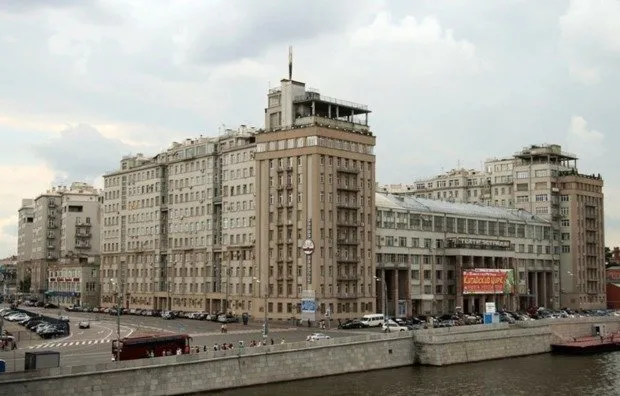
Address: Moscow, Serafimovich St., house 2
Year of construction: 1927–1931 years
Project author: Boris Iofan
Style: constructivism
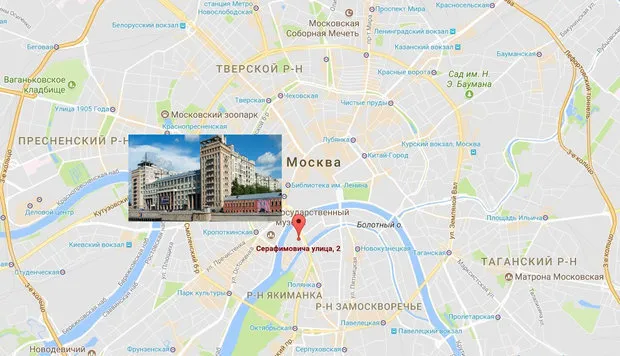
'House on the Embankment' on the map of Moscow
Concept: Reality: After the capital was moved from Petrograd to Moscow in 1918, there was a catastrophic shortage of housing for officials. The Soviet government decided to build a special house for employees of the CIK and SNK: the architect was known in advance — Boris Iofan.
Iofan designed a unique autonomous complex, including apartments, club, cinema, library, dining hall, hairdresser, store, sports hall and mechanical laundry. For the first time, uniform modular building materials and original beamless slabs in the form of truncated pyramids were used. Construction lasted four years instead of the planned two and cost 24 million rubles, which was 4 times more than expected.
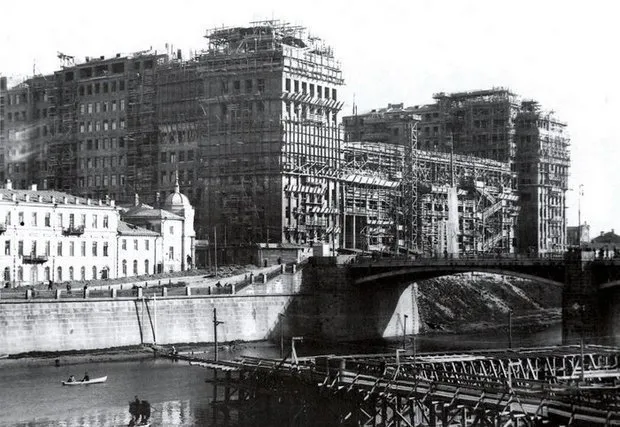 Interesting fact: the best apartments, with a view of the Kremlin, were located in entrances 1 and 12. Formally, there were 25 entrances in the house, although in fact — 24. Entrance № 11 is non-residential, there are no apartments or elevators in it, only stairs and windows. This fact gave rise to hundreds of myths related to NKVD, surveillance and buried residents. But the reason for such a strange space is prosaic: in the last moment, it was necessary to increase the area of some apartments, and the housing of entrance 11 was simply divided between adjacent entrances 10 and 12.
Interesting fact: the best apartments, with a view of the Kremlin, were located in entrances 1 and 12. Formally, there were 25 entrances in the house, although in fact — 24. Entrance № 11 is non-residential, there are no apartments or elevators in it, only stairs and windows. This fact gave rise to hundreds of myths related to NKVD, surveillance and buried residents. But the reason for such a strange space is prosaic: in the last moment, it was necessary to increase the area of some apartments, and the housing of entrance 11 was simply divided between adjacent entrances 10 and 12.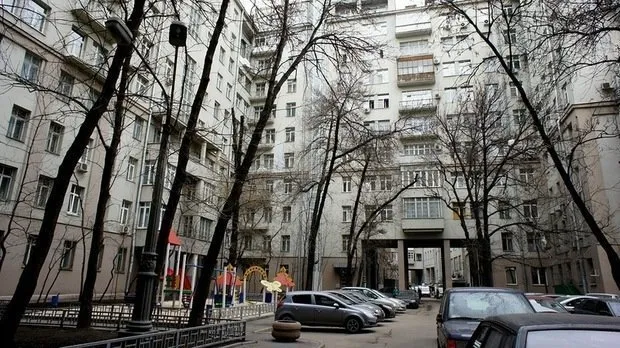 Nicknames: initially, the CIK and SNK house was known in Moscow as 'Government House'. After Stalin's repressions, which affected a third of the residents (almost 800 people), it was nicknamed 'Stalin's Smile', 'Bait for Bolsheviks', and 'Pre-Trial House' (DOPR). After the publication of Yuri Trifonov's novel 'House on the Embankment', it gained another name — the most famous one today.
Nicknames: initially, the CIK and SNK house was known in Moscow as 'Government House'. After Stalin's repressions, which affected a third of the residents (almost 800 people), it was nicknamed 'Stalin's Smile', 'Bait for Bolsheviks', and 'Pre-Trial House' (DOPR). After the publication of Yuri Trifonov's novel 'House on the Embankment', it gained another name — the most famous one today. Famous residents: sons, daughters and relatives of Stalin's wife, Georgy Zhukov, Nikita Khrushchev, Felix Dzerzhinsky, Mikhail Tukhachevsky, Valerian Kuybyshev and many others lived in the CIK and SNK House at different times. Currently, actors Leonid Kurashev and Alexander Domogarov live there.
Famous residents: sons, daughters and relatives of Stalin's wife, Georgy Zhukov, Nikita Khrushchev, Felix Dzerzhinsky, Mikhail Tukhachevsky, Valerian Kuybyshev and many others lived in the CIK and SNK House at different times. Currently, actors Leonid Kurashev and Alexander Domogarov live there.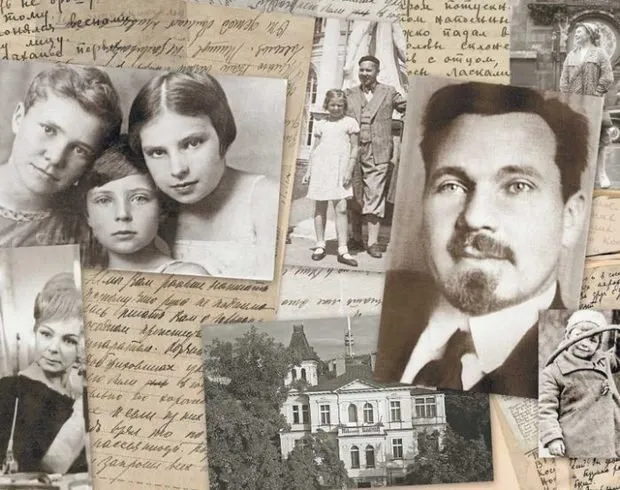
Fate: in 1941, the house was emptied — all residents were relocated, evacuated or voluntarily went to the front. Heating, gas and electricity were disconnected in the house. The house was reoccupied in 1942, when the deadly danger for Moscow passed.
Today, in the former house club, there is a Variety Theater. Fountains in the courtyards are no longer there — they were concrete-filled. The house needs restoration: pieces of concrete are falling off the facade and balconies.
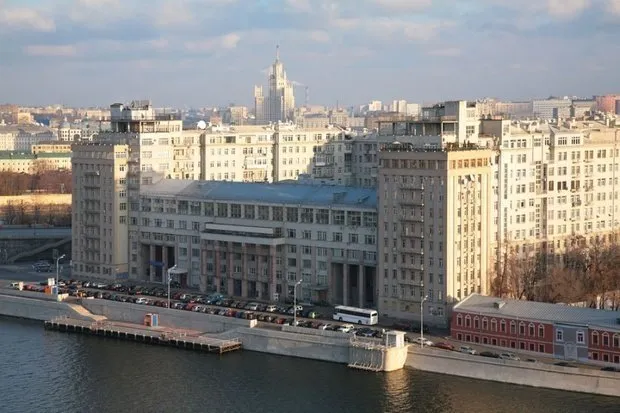
Number of apartments: 505
Layout: the apartments were mainly three- and four-room, 150–170 sq. m in size. But there are also five- to seven-room apartments: hallway, living room, office, dining room, bedrooms, servant's room, kitchen — officials didn't have to complain. Kitchens were very small — there was a dining hall in the house. Apartments were fully furnished and equipped with everything necessary: gas stoves and sanitary equipment, phones, lights — though with inventory numbers.

Interior photo from the Museum of 'House on the Embankment'
How much does an apartment cost: prices start from 28.5 million rubles for a one-room apartment of 53 sq. m. For a three-room apartment (128 sq. m) with designer renovation, they ask for 72.3 million rubles.
How much does rent cost: a one-room apartment with basic renovation can be rented for 100,000 rubles/month, but a 130 sq. m apartment will cost about 300,000 rubles/month.
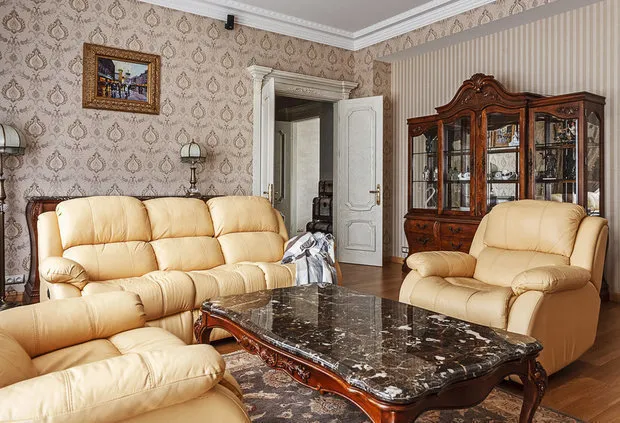
Design: ID Project
Who and why built the 'House on Legs' in Moscow
The architect didn't just come up with such an unconventional solution for this house. Indeed, little remains of the original project.
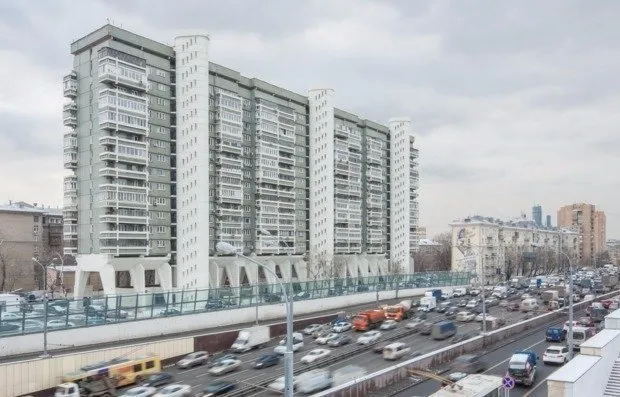
Address: Moscow, Bегovaya St., 34
Year of construction: 1978 year
Project author: architect Andrey Meerzon
Style: Soviet modernism

'Aviator House' on the map of Moscow
Nicknames: The experimental house stands on 20 pairs of supports. It's not surprising that in the local slang, it was called 'the house with 40 legs', 'the house with 8 legs', and 'the house on legs'. The name 'Aviator House' appeared after the residents of Bегovaya, 34 became employees of a machine-building plant called 'The Banner of Labour' in the Soviet era.
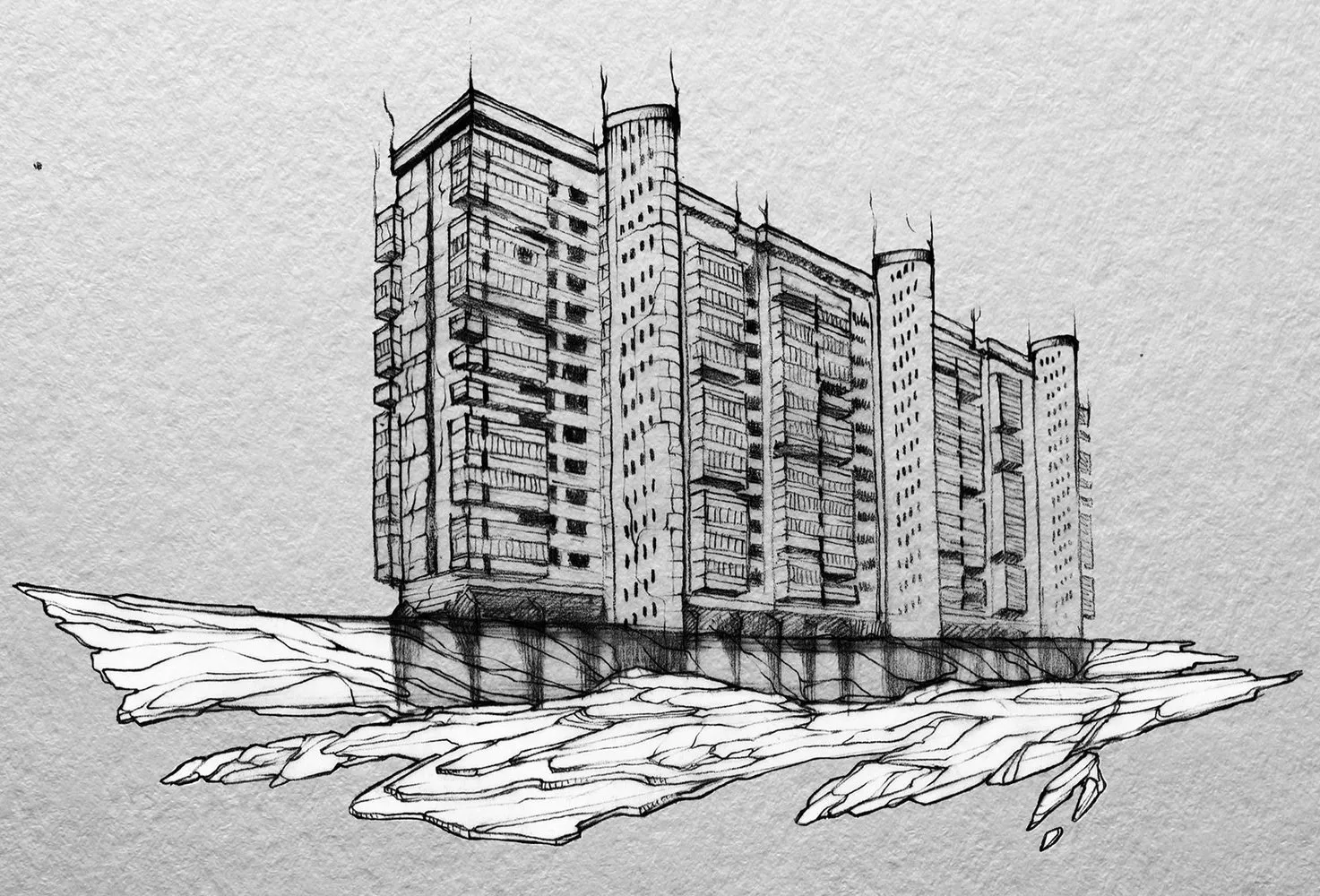
Illustration: Darya Zaytseva
Concept: Reality: Initially, the construction of the house was planned on the bank of the Khimki Reservoir, near the metro station 'Water Stadium'. The architect raised the house on legs to ensure passage under it to the embankment: agree, it was a good idea.
But by the 1980 Olympics, the futuristic house was decided to be placed in a prominent location — the main entrance to Moscow. The idea of support legs remained, but the house lost 3 floors from the original project, which were not completed due to technological reasons.
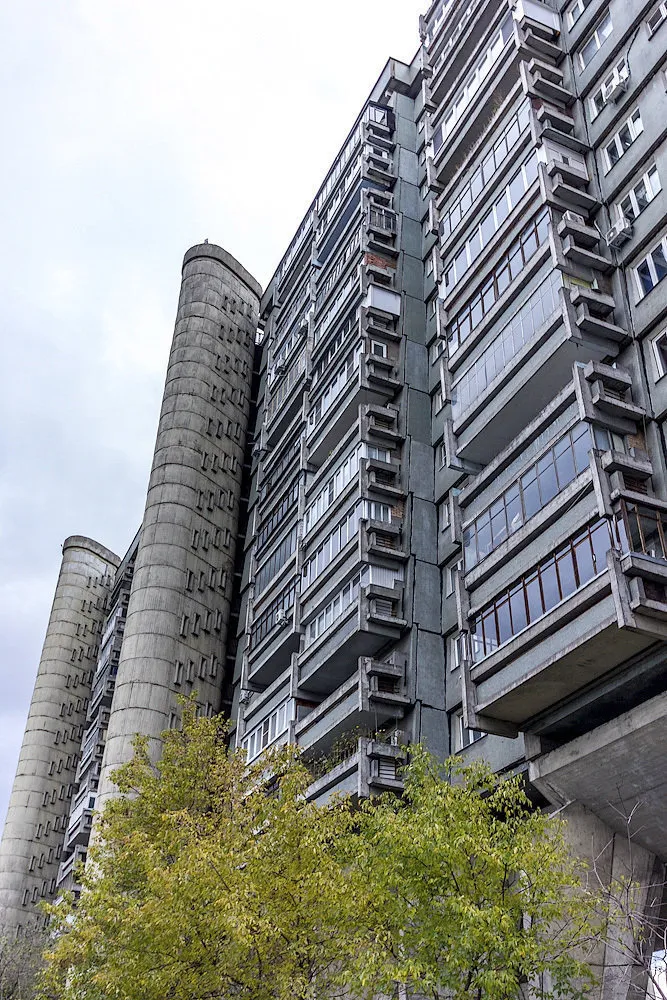
Photo: Denis Esakov
What's the trick: 20 powerful pairs of 'legs' narrow towards the base so that two people can easily embrace one support. The supports and base of the first floor in the form of an inverted isosceles trapezoid are made from monolithic reinforced concrete, all other floors — from wall panels. Visually the house expands upward, although in fact the slabs simply lie at an angle. The planes of oval staircase shafts are cut with vertical rows of windows-pantries: what could be more brutal?
Photo: Denis Esakov
Interesting fact: 'House on Legs' — the first one using monolithic reinforced concrete in the USSR.
Are there similar projects? Houses on legs are in Moscow in the VDNH area: 17-story house at Prospekt Mira, 110 and 25-story house at Prospekt Mira, 184. A similar house stands on Novosmolenskaya Embankment in St. Petersburg. Among new projects, there is a house on legs built in 2011 at Mosfilmovskaya.
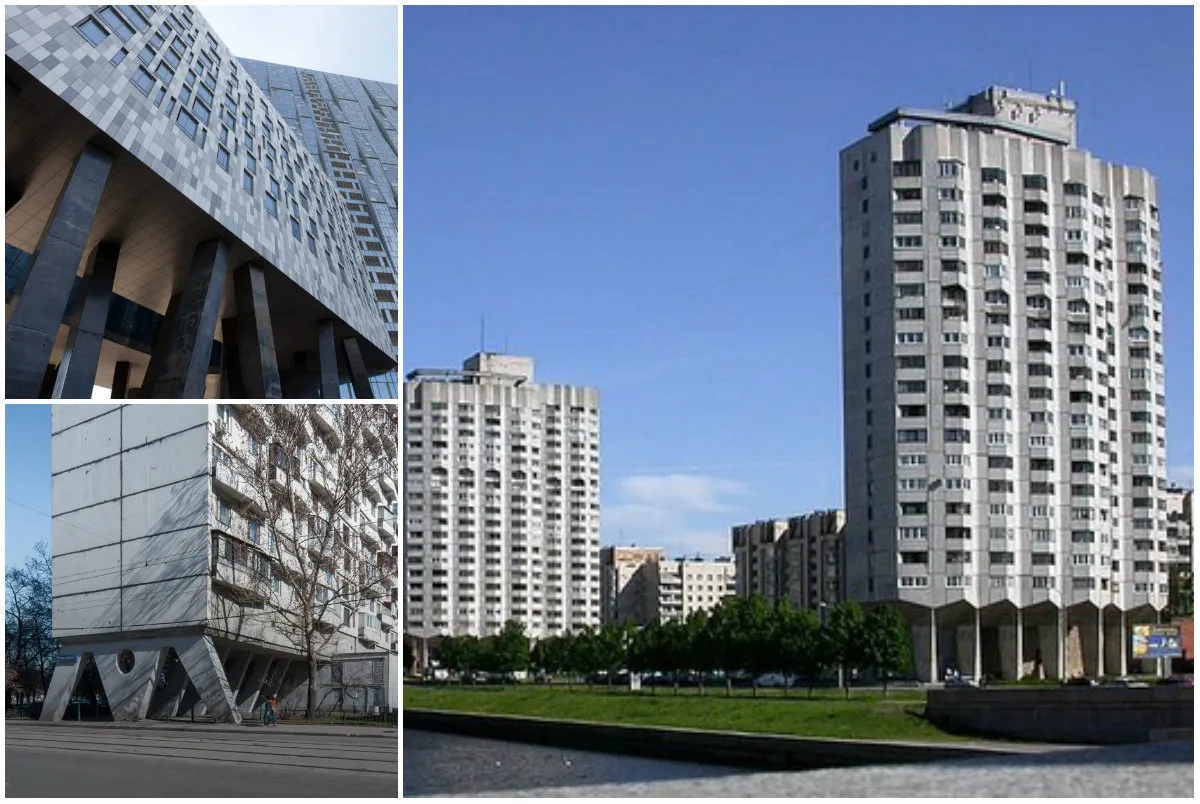
From left to right: House on Mosfilmovskaya, 'House on Curly Legs' on Novosmolenskaya Embankment in St. Petersburg, 'House on Legs' at VDNH
Number of apartments: 299
How much does an apartment cost: from 6.5 million rubles for a one-room apartment of 31 sq. m to 14 million rubles for a 57 sq. m apartment with good renovation.
How much does rent cost: prices vary from 43 to 48 thousand rubles for a two-room apartment depending on the renovation.
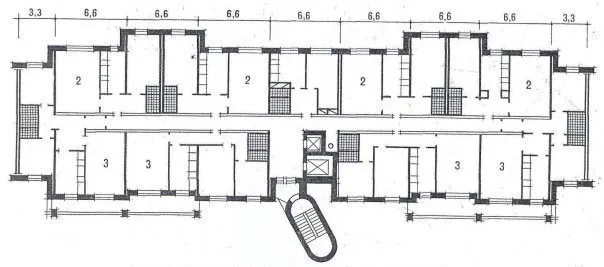
Typical apartment layout
The House of Narcomfin: Is there a future for the communal house in Moscow?
Looking at the yellow weathered house on Novinsky Boulevard, it's hard to imagine that just 80 years ago it amazed the imagination not only of Soviet architects but also of the world-famous Le Corbusier. Who came up with the idea of creating a communal house, why didn't the project become widespread and is it possible to restore the building's original appearance — we tell you the most interesting about House of Narcomfin.
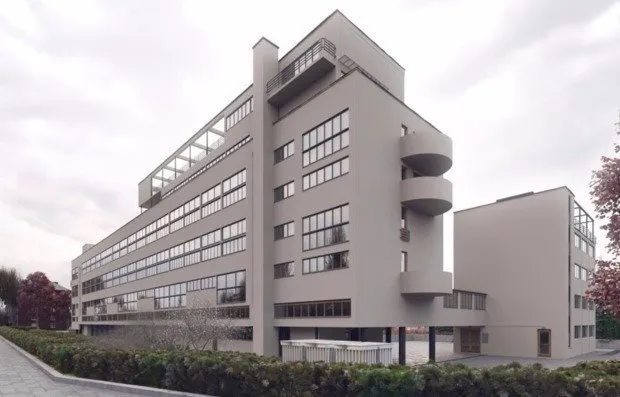
Address: Moscow, Novinsky Boulevard, 25, corp. 1
Year of construction: 1930 year
Project authors: architects Moisey Ginsburg and Ignatius Milinis
Style: constructivism

House of Narcomfin on the map of Moscow
Concept: Reality: The house for employees of the Narcomfin was built as the first communal house in Moscow (more precisely, a transitional type of house: from bourgeois housing to socialist commune). According to the idea of architects, the complex should consist of four buildings, but due to budget constraints (which were common in the Soviet era), only three were built.
The long six-story residential block was built parallel to Novinsky Boulevard. A communal building was built nearby: it was supposed to house the kitchen, dining hall, library, sports hall and club area. It was connected to the residential block by a glazed corridor — bad weather could not prevent residents from resting. The third building had only two floors: here were the garage and mechanical laundry.
What's the trick: the communal house was supposed to completely change the socio-domestic lifestyle of its residents. Women no longer had to stand by the stove: meal preparation for the whole family was replaced with scheduled dining in the dining hall. Therefore, in the residential cells only 'kitchen elements' were left, built into cabinets. However, Moisey Ginsburg on the roof provided a solarium — a rather questionable innovation given Moscow's weather. for families with children are located. Above — small apartments for one or two people. All cells in the house are two-story: due to multi-level planning, the living area was 1.5 times larger than stated.</p><p>There are several types of cells in the house: <br></p><p><b>Apartment type F</b> — the smallest cells. You can get into them from the general glazed corridor on the 5th floor, descending by an internal staircase to a common room or ascending by the same staircase. Toilet — at the entrance, shower area — next to the bedroom.</p><p><b>Apartment type K</b> — a two-story living cell for a large family. Residents could boast of two bedrooms, a small kitchen, a common living room with ceiling height of 4.6 m and their own terrace.</p><p><b>Apartment type 2 F</b> — two cells of type F (14 sq. m and 29 sq. m) connected together. These apartments have two living rooms with a ceiling height of 3 m and a bathroom, toilet, kitchen and dining room with a ceiling height of 2.3 m.</p><img alt=)
Restoration: in 2016, the only owner of the house was company LLC 'Liga Prava'. They invited Alexei Ginsburg — grandson of the famous architect — to lead the restoration. Works started in July 2017 and, according to preliminary estimates, will last 3–4 years.
In plans — to restore the historical appearance of the house: remove the attached first floor, restore the facades, get rid of the additions, restore architectural elements and color schemes of cells. They won't forget about the communal building either — it will get its original glass vitrage and layout. Whether the house will turn into a hotel or remain residential remains unknown.
Visualization: LLC 'Ginsburg Architects' Bureau
How did they come up with the 'Bachelor House' in Moscow?
We are sure you have seen this huge house in person or on photographs. 'Ship', 'Titanic', 'Lying Skyscraper' — the number of nicknames tends to infinity: we tell you why it got each of them.

More articles:
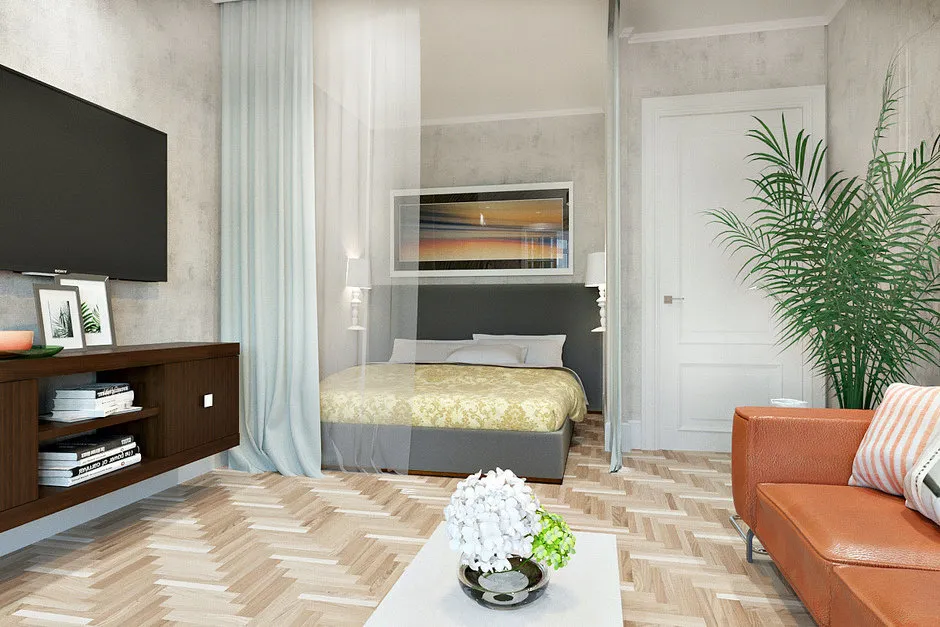 How to Use Niches: 9 Examples from Our Designers' Projects
How to Use Niches: 9 Examples from Our Designers' Projects Pink, sage, terracotta: how to decorate interior in the most fashionable colors
Pink, sage, terracotta: how to decorate interior in the most fashionable colors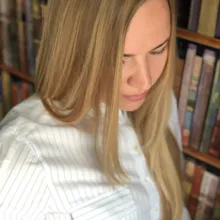 How and Why Secret Doors Are Made: Designer Tips
How and Why Secret Doors Are Made: Designer Tips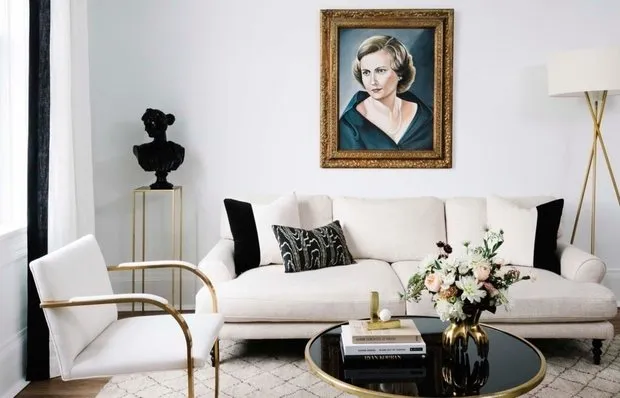 5 Trends That Will Soon Go Out of Style
5 Trends That Will Soon Go Out of Style How to Plan the Perfect Garden: 5 Key Rules
How to Plan the Perfect Garden: 5 Key Rules How Designers Use Bold Wallpapers: 10 Examples
How Designers Use Bold Wallpapers: 10 Examples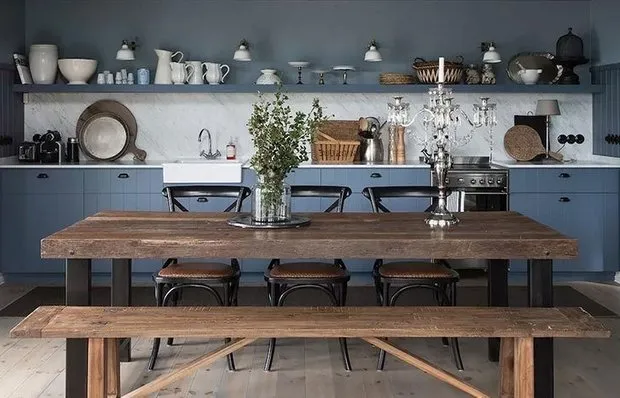 8 More Ideas for Your Country House
8 More Ideas for Your Country House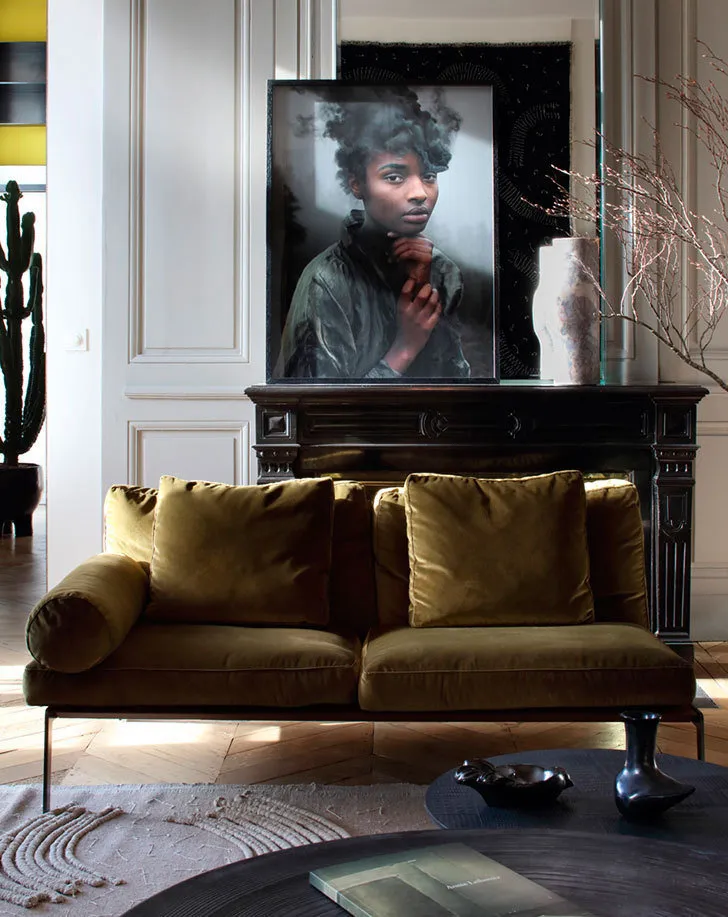 Interior in Lyon Inspired by Star Wars
Interior in Lyon Inspired by Star Wars